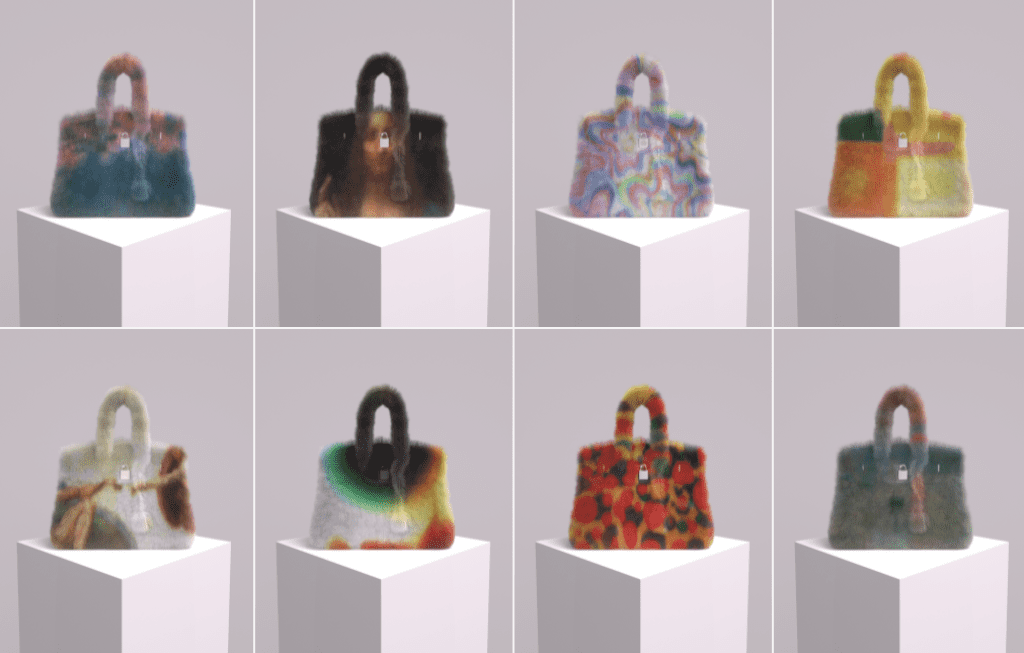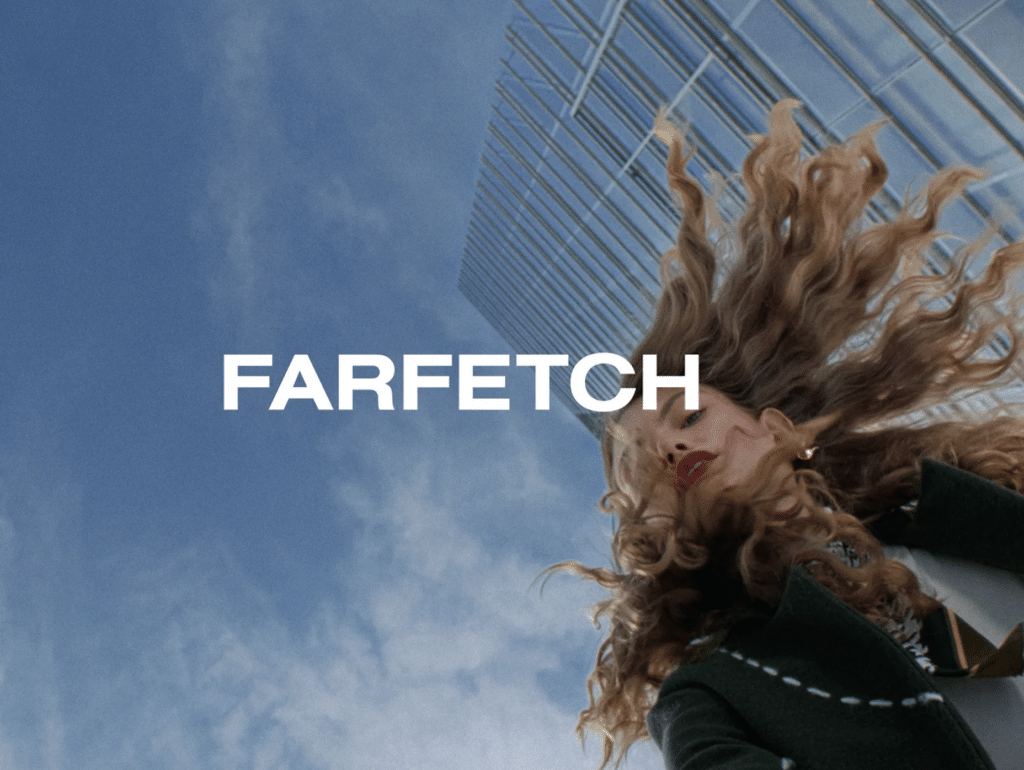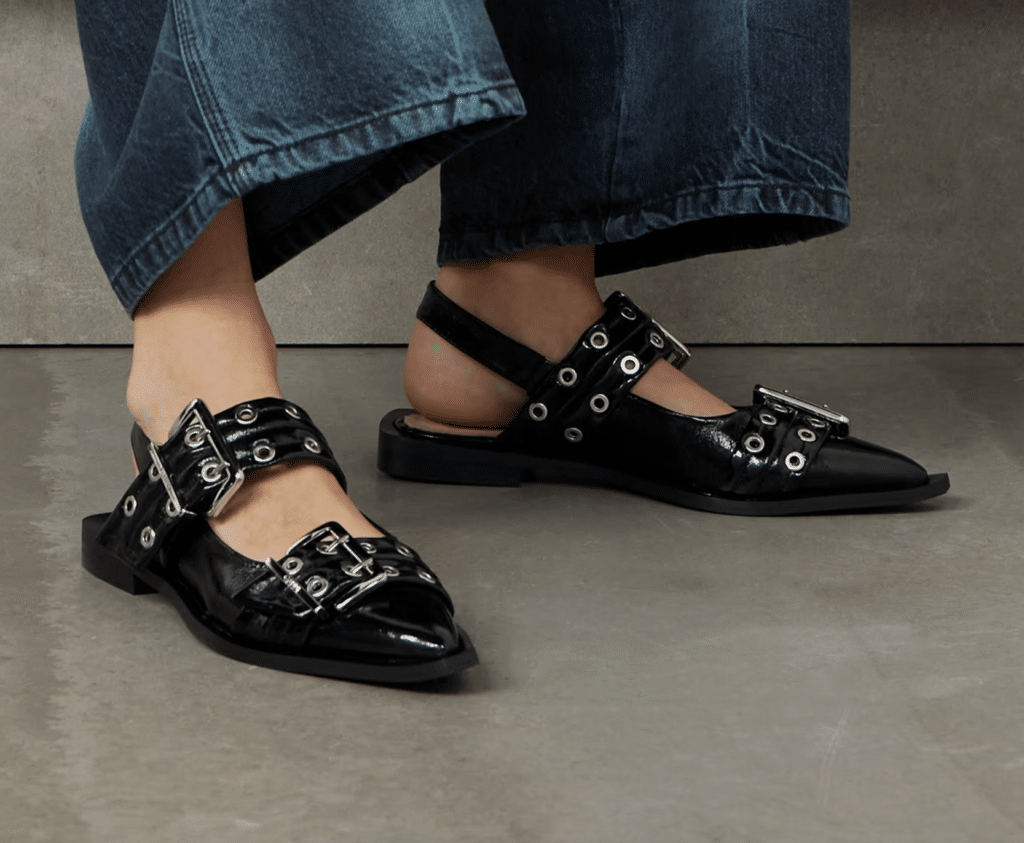Mason Rothschild is pushing back against the outcome of the MetaBirkins trial that pitted him against Hermès before a New York federal jury last month, renewing his motion for judgment as a matter of law or a new trial, and arguing that, among other things, the court got the jury instructions wrong in this case and prejudiced him as a result. Setting the stage in the newly filed motion, counsel for Rothschild asserts that while the Second Circuit’s decision in Rogers v. Grimaldi “is the law of this case,” when instructing the jury, the court “failed to [properly] implement the Rogers test,” and instead, instructed the jury that it “could hold Mr. Rothschild liable if it found that he intended to confuse consumers,” thereby, imputing a new factor into the mix that is not part of the Rogers test.
Counsel for Rothschild devotes the bulk of the 48-page motion to addressing how the court misstructured the instructions and the jury “mishandled” the critical First Amendment issue as a result by concluding that he had infringed Hermès’ Birkin trademark by way of his marketing and sale of the MetaBirkins NFTs (as Hermès first asserted in its complaint back in January 2022) without considering the protections afforded by the First Amendment, which is “directly contrary to what Rogers requires.” (As counsel for Rothschild has argued from the outset, Hermès’ trademark infringement claims should be dismissed in accordance with the Rogers test since the MetaBirkins amount to artistic works, and, therefore, should be shielded by the First Amendment.)
Not just an error on the part of the jury, which sided with Hermès and found that Rothschild is liable for trademark infringement and dilution, and cybersquatting (and on the hook for $133,000 in damages) following a three-day trial in New York last month, counsel for Hermès claims that the judge’s instructions “invited them to do so” in two ways …
(1) The structure of the court’s instructions “was legally erroneous,” as “the court instructed the jury first to determine whether Rothschild was liable for infringement, dilution, or cybersquatting, and then to turn to the Rogers considerations only after determining Rothschild was liable on one or more of those claims,” thereby, treating the Rogers as an affirmative defense. However, “Rogers does not create an affirmative defense excusing otherwise unlawful conduct; it replaces the ordinary infringement rules with two and only two considerations: artistic relevance and explicit misleadingness,” Rothschild contends.
(2) The court erred in its First Amendment instruction when it told the jury that it “could find Mr. Rothschild liable if Rothschild’s use of the MetaBirkins name was ‘not just likely to confuse potential consumers but was intentionally designed to mislead potential consumers into believing that Hermès was associated with Mr. Rothschild’s MetaBirkins project. In other words, if Hermès proves that Mr. Rothschild actually intended to confuse potential customers, he has waived any First Amendment protection.’” In doing so, counsel for Rothschild argues that the court “added a new third element to the Rogers test: one that invited the jury to hold Mr. Rothschild liable if it found that he intended to cause confusion.”
“The court’s use of intent was especially pernicious in this case,” per Rothschild, as the court had “already found that the MetaBirkins artworks artistically referenced the Birkin bag.” (In a memo order in May, the court found that because Rothschild’s creation and sale of the digital images could be a form of artistic expression, application of the Rogerstest was necessary.)Given that the court had already “determined artistic relevance in Mr. Rothschild’s favor, the jury should have been instructed only on explicit misleadingness, the final consideration under Rogers.”
The bottom line here, per Rothschild’s motion: “It was improper [for the court] to instruct the jury that it could deny [his] First Amendment protections based on an unguided and impermissible assessment of his intent.” And had the Rogers test been correctly applied, “Mr. Rothschild’s MetaBirkins artworks are protected by the First Amendment, and all of Hermès’ claims must be rejected as a matter of law.”
Delving further into the issue of intent, counsel for Rothschild argues that while it is “undisputed” that the MetaBirkins “reference the Birkin bag,” the court did not give the jury “any ground to distinguish between [his] intent to reference artistically the Birkin mark and trade dress, as opposed to using the mark and dress to confuse consumers.” At the same time, they claim that Hermès’ counsel also “failed to distinguish between intent to reference artistically and intent to confuse,” which is meaningful, as “an intent to reference artistically is not the same as an intent to confuse” and “both can involve trading on a famous brand’s goodwill.”
Evidence of consumer confusion – Turning to Hermès’ evidence of confusion, counsel for Rothschild argues that it is insufficient as a matter of law, and takes issue on multiple fronts here. Among other things, they argue that the court erred in permitting Hermès to introduce and rely upon “unreliable evidence,” including “scattered statements by journalists and unidentified individuals on social media,” which does “not reflect likely consumer confusion in a case where noncommercial speech is at issue.” Such evidence should have been barred in this case, in particular, they claim given the lack of accessibility of Birkin bags (due in large part to their price), “posts by unidentified people on social media are even less reliable than social media posts by unidentified individuals that concern products within the reach of most ordinary consumers.”
Rothschild counsel also pushed back against Hermès expert Dr. Isaacson’s consumer confusion survey, which “actually undermines Hermès’ claims,” they claim, as the survey “purports to show only 18.7% confusion,” a level that “some courts find … insufficient even in ordinary confusion cases; others find it barely sufficient.” Still yet, the court erred “when it intervened in [Rothschild’s expert] Dr. Neal’s direct testimony in a way that unfairly prejudiced Mr. Rothschild by suggesting to the jury that they could use evidence of confusion below 10% as evidence of a likelihood of confusion,” and also in blocking the testimony of Rothschild expert Blake Gopnik.
On the dilution front, counsel for Rothschild claims that non-commercial speech is not actionable as dilution, and thus, the court should grant judgment as a matter of law since it previously “found as a matter of law that Mr. Rothschild’s use was, at least in part, artistic.” Specifically, they claim that “the commercial and noncommercial aspects are inextricably intertwined: the artistic relevance of the title to the artwork cannot be separated from its commercial elements, [and] under those circumstances, Mr. Rothschild cannot be liable for dilution.”
Dastar – In an argument they made earlier in the case, counsel for Rothschild argues that he is further entitled to judgment as a matter of law because Hermès’ Lanham Act claim “is barred by the Supreme Court’s decision in Dastar Corp. v. Twentieth Century Fox Film Corp., which unambiguously holds that only misrepresentations of the origin of tangible goods are actionable.” Since “no reasonable jury could have found Hermès’ claims to relate to any tangible goods—the artworks are indisputably intangible works of art, and as the Court found, the NFTs are inseparable from the artworks,” any confusion regarding source, sponsorship, or affiliation of the MetaBirkins NFTs “could only be attributable to the content and title of the intangible MetaBirkins artworks, or references to the name of that art project.”
Hermès’ cybersquatting claim – Finally, counsel for Rothshcild argues that Hermès’ cybersquatting claim, which stems from his use of the MetaBirkins.com domain, is “unsupported by evidence and inconsistent with the First Amendment.” Here, they assert that the cybersquatting claims “should fail under Rogers for the same reason as Hermès’ trademark infringement and dilution claims: none of these claims should succeed against Mr. Rothschild’s protected artistic speech.” Moreover, there is “no evidence in this case to support a reasonable jury finding that Mr. Rothschild has engaged in any of the sort of conduct typically associated with valid cybersquatting claims.”
For instance, “There is no evidence that Mr. Rothschild was trying to divert anyone from Hermès’ own online location (especially since Hermès doesn’t sell Birkin bags online and appears not to own, let alone use, birkin.com or birkins.com),” that he “ever sought to be paid to relinquish the metabirkins.com website,” or that he “ever used or contemplated using the metabirkins.com website for any purpose other than to promote the MetaBirkins artworks.”
In addition to the motion for judgment as a matter of law or a new trial, counsel for Rothschild similarly filed their opposition to Hermès’ motion for a permanent injunction on March 14.
The case is Hermès International, et al. v. Mason Rothschild, 1:22-cv-00384 (SDNY).











